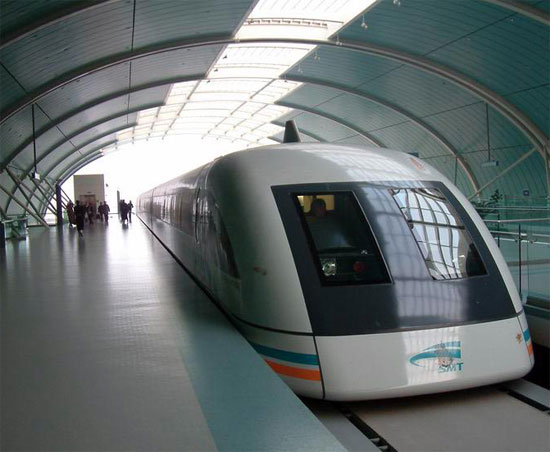The effects of the global real economy collapse are being felt in China, but the country continues to invest in science and infrastructure, two essential components of future growth.
There's no doubt that China is feeling the effects of the global economic downturn. Electricity generation plummeted in April and is up just 0.7% over the past 12 months. Chinese shipyards have received few orders this year. Home sales have collapsed and manufacturing output is slumping.
These are all indicators that the Chinese economy is stagnating, and of course the inevitable words from global financiers to the Chinese government are: “We need monetary easing!”
China's response, on the other hand, is to invest in high-tech, science-driven infrastructure.
For example, despite falling electricity demand, China plans to add an additional 10.7 gigawatts of nuclear capacity in 2012.
They have begun construction of two of the largest-capacity power cables on Earth. An 800 kV line, built by the State Grid Corporation of China, will stretch nearly 1,400 miles between Xinjiang and Henan, transmitting a staggering 37 billion kilowatt-hours of electricity on average per year. A second line, of slightly smaller capacity but the same length, is a 750 kV line that will connect Xinjiang to the Northwest China Grid Corporation.
The National Development and Reform Commission is investing heavily in large-scale water projects of a similar scale. Nawapa or PLHINO, improving irrigation in the agricultural sector and providing efficient supplies to industry.
And a newly announced £10 billion “hi-tech innovation park” in southern China's Sichuan province will focus on information technology, biomedical and precision machine tools, and is expected to create up to 150,000 jobs.
So what about investment in maglev technology? China is already the world's number one. The only operating maglev lineIn Shanghai, it holds the world speed record for the fastest operating train at 313 mph, and the company plans to build a vacuum-tube version capable of 600 mph.
They are investing in space programs: the space station (they launched a prototype module last September), missions to the moon and Mars, etc. Those who claim this is a waste ignore the fact that the US effort to put a man on the moon has seen technologies developed in that effort percolate through the system, returning $11 to the real economy for every $1 spent.
Compare and contrast China's approach with that of today's bankrupt UK, Europe and US.
Our generating capacity is collapsing as power plants reach the end of their lifespan. We must close all coal and oil-fired power plants that are still viable by 2015 unless we can implement the rather insane policy of carbon capture and storage. We have policies that demonize nuclear power. We sell off as much of our national assets as we can to companies that charge exorbitant fees for their services and they invest the least of their profits that they can afford. The result is leaky water pipes, for example. Our education standards have fallen to an all-time low, and we are producing too few young people who can read and do math, such as those who want to be the next generation of innovative scientists and engineers.
While China builds its nation, we allow our leaders to systematically dismantle our own.
Our political leaders constantly repeat the mantra that “there is no alternative to austerity.” They are all liars, because China has proven there is an alternative: a publicly funded, high-tech, science-driven national infrastructure plan that is used to power the rest of the economy.
People fear that China will one day become the new superpower intent on conquering the planet. Given our current situation, this is the least of our worries. Austerity will kill us before they get the chance.


